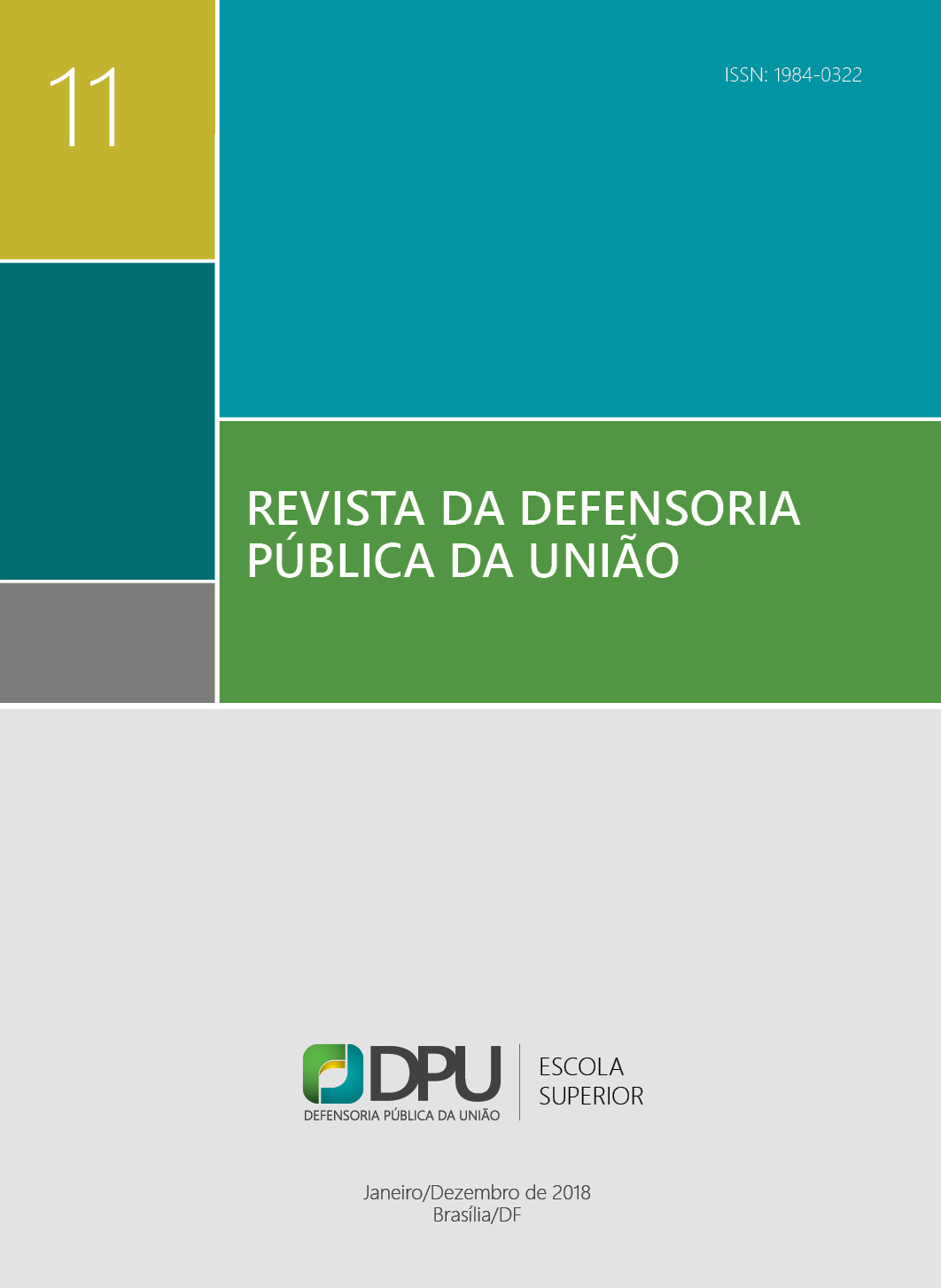Considerations about the decadence against the beneficiary in the pension law ambit
DOI:
https://doi.org/10.46901/revistadadpu.i11.p271-287Keywords:
Lapsing, Benefits, Revision, PanoramaAbstract
This paper aims to address some important questions about the institute of Lapsing in ??Social Security Law, regarding Lapsing against the beneficiary, and it is not uncommon to consult the assistants of the Public Defender´s Office about their possibilities of reviewing their benefits, when we must tackle the issue in the light of current legislation and the most current jurisprudence. Until June 27, 1997, the date of publication of Provisional Measure nº 1.523-9 / 97, later converted into Law nº 9.528 / 97, the social security legislation was not aware of the institute of Lapsing. Since a period of time, for the exercise of rights by insured persons, has been included in the system, many debates about the interpretation of their true nature, as well as the contours of their application to the various situations, presented in practice. Although the Federal Supreme Court, in the judgment of RE 626.489 / SE, has pacified some understandings on the subject, many other controversial issues remain open, such as those concerning the application of the deadline of lapsing in the actions for recognition of time of service or contribution, application of the lapsing period for the review of antecedent benefit in case of death pension, the possibility of interruption of the lapsing period in the cases of administrative application, among others. The present article seeks to bring to the reader the current panorama of the doctrinal and jurisprudential debate on the subject.
Downloads
Published
How to Cite
Issue
Section
License

This work is licensed under a Creative Commons Attribution-NonCommercial 4.0 International License.
A. Authors retain the copyright and grant the journal the right of first publication;
B. Authors are authorized to take additional contracts separately, for non-exclusive distribution of the version of the work published in this journal (e.g.: publishing in an institutional repository or as a book chapter), with recognition of authorship and initial publication in this journal;
C. Authors are allowed and encouraged to publish and distribute their work online (e.g.: in institutional repositories or on their personal page) at any point before or during the editorial process, since this can generate productive changes, as well as increase the impact and citation of the published work.
















.jpg)

